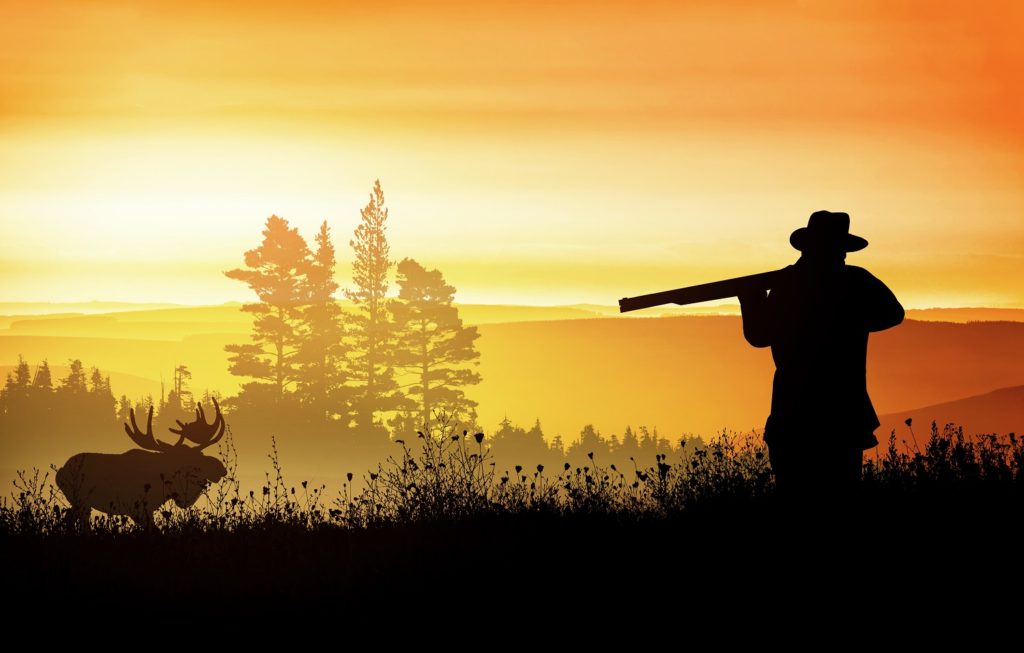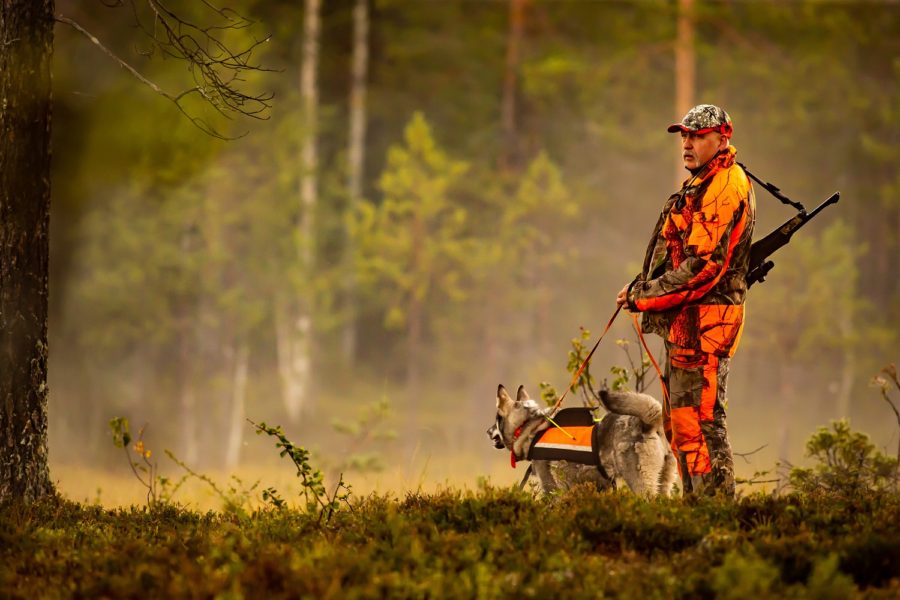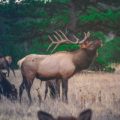
What To Take With You When Moose Hunting
Standing at around 7 feet and weighing up to 1,800 lbs., moose are among the largest animals in the wild. They’re so large, in fact, that they can wreck speeding cars without moving a single muscle. Come moose season, you won’t want to be caught lacking in the wild.
Grab a pen and paper, and take note of the following tools you’ll need to get yourself a moose.
1. Moose Calls
For their size, moose are adept at hiding in tall grass and dense thickets. Moose calls can help to coax them out of hiding, and lure them into your sights.
Some hunters call moose through a horn, either fashioned from the wild or bought at the store. In recent years, the industry has developed moose call apps for mobile phones. Pair this with a decent portable speaker (via audio jack or Bluetooth) for pre-recorded moose sounds to be blasted all across the hunting grounds.
2. Hunting Rifle and Ammo
Moose aren’t as tough as other heavyweights, such as bears. However, in some areas, moose and bears co-exist; you’ll need a rifle and ammo powerful enough to take down both, no matter which one you’re hunting.
Deer rifles are often the gun of choice when hunting moose. As for the caliber, experts suggest a 150-grain .270 Winchester or .280 Remington, if you don’t want a gun that kicks like a mule. Anything below 150 grain might not do the job, even with a well-placed shot.
Your gun should also come with a cleaning kit. Dirty guns are prone to misfiring or jamming, which can ruin your entire hunting trip and put you in about as much danger as the moose.

Hunter and hunting dogs chasing in the wilderness
3. Camouflage Clothing
Like most wildlife, moose are easily spooked by anything strange – including hunters that haven’t made the effort to blend in. When startled, moose can be surprisingly nimble, able to run at speeds of up to 35 mph for short distances. Their trotting speed, at 20 mph, is also nothing to scoff at.
Cloak every inch of your body in camouflage, even your gun. Consider investing in a flash can for the muzzle, as the flash may startle the moose otherwise.
4. Camping Gear
Consider yourself camping during moose season. Pack the essentials, such as (but not limited to) a tent, a camp stove, sleeping bags, coolers and heaters, a shovel, a rake, folding chairs, ropes and rain supplies. Most of your cargo may as well be camping equipment.
5. Game Bag and Cart
Game bags are designed to store game meat right after the hunt, helping to keep the meat fresh and protected from the elements. They’re quite the investment, but game meat can be easily ruined by anything that it comes into contact with.
If you want to bring the entire moose back to camp, a game cart will come in handy. Even then, a cart loaded with a full moose will require at least two people to operate.
6. Navigation Tools
It’s easy to get lost in the wilderness, which is why a map and compass are a must. A GPS device can also come in handy, but it mightn’t be able to pick up a signal in the middle of nowhere. If possible, bring a two-way radio so that you can stay in touch with your party.
Researching the area before the trip also helps greatly. It allows you to see the lay of the land, and helps you to imagine how you’ll conduct the hunt.
7. Binoculars and Optics
As mentioned earlier, moose are easily spooked by anything strange they see. Binoculars and other optical devices can help you to spot moose beyond their range, allowing some time to strategize before going in.
For hunters with tight budgets, a pair of binoculars is usually enough. As hunters mostly have only one shot to fell a moose, they go the extra mile with rangefinders. By calculating the distance of the moose, they can account for the ballistic drop due to gravity. While rangefinders are separate equipment, recently they’ve come in the form of downloadable apps, straight to your mobile phone.
Conclusion
There is some other equipment that you’ll need, aside from that listed above. Moose hunting requires a great deal of preparation and investment, and is best done in a large group. Practice your hunting skills as early as possible, so that you’ll be ready whenever you hit the great outdoors.
Whether it’s your first hunt or not, it’s important that you do what Santa Claus does before delivering gifts: make a list and check it twice; now that you have one, make sure to do just that.











